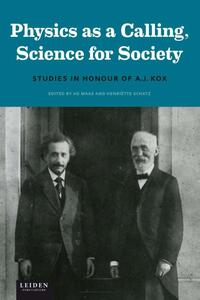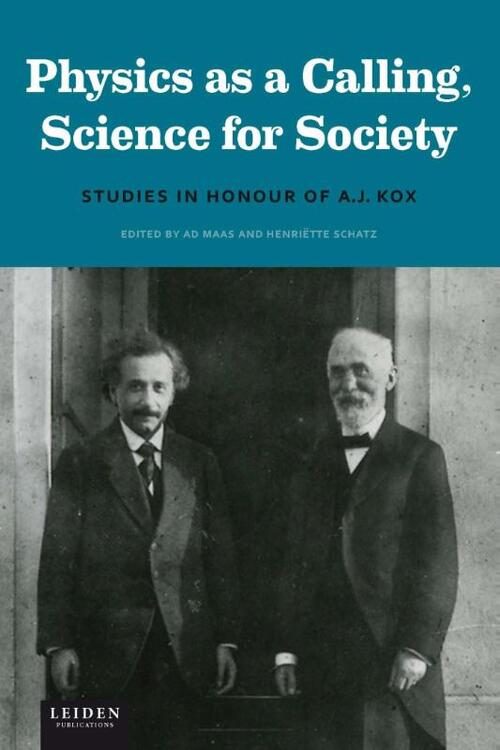28.50
1 - 2 Weken
The contributions in this volume cover the period between roughly 1850 and 1950, focusing for the most part on Dutch science. We find out why the world-famous Kamerlingh Onnes Laboratory lost its leading position in the 1930s, how research on hormones and vitamins was established in the Netherlands, and how the discipline of modern experimental physics was strongly influenced by practices in astronomy.
By the first half of the twentieth century, fundamental research had acquired an almost inviolable position in society. This book makes clear, above all, that even during this heyday of ivory tower-science, scientists could not escape contact with the world outside academia. We see how reputable Dutch scientists get involved, quite against their will, in extensive investigations on dowsing and earth rays. And the reception of the theory of relativity in the Netherlands appears to have been determined to a large extent by social interests outside the field of physics. Also, we see that even while developing his theory of relativity Einstein was a far cry from a scientist working in isolation.
By the first half of the twentieth century, fundamental research had acquired an almost inviolable position in society. This book makes clear, above all, that even during this heyday of ivory tower-science, scientists could not escape contact with the world outside academia. We see how reputable Dutch scientists get involved, quite against their will, in extensive investigations on dowsing and earth rays. And the reception of the theory of relativity in the Netherlands appears to have been determined to a large extent by social interests outside the field of physics. Also, we see that even while developing his theory of relativity Einstein was a far cry from a scientist working in isolation.

- : Leiden University Press
- : Leiden University Press
- : 9789087281984
- : Engels
- : Paperback
- : september 2013
- : 436
- : 235 x 156 x 16 mm.
